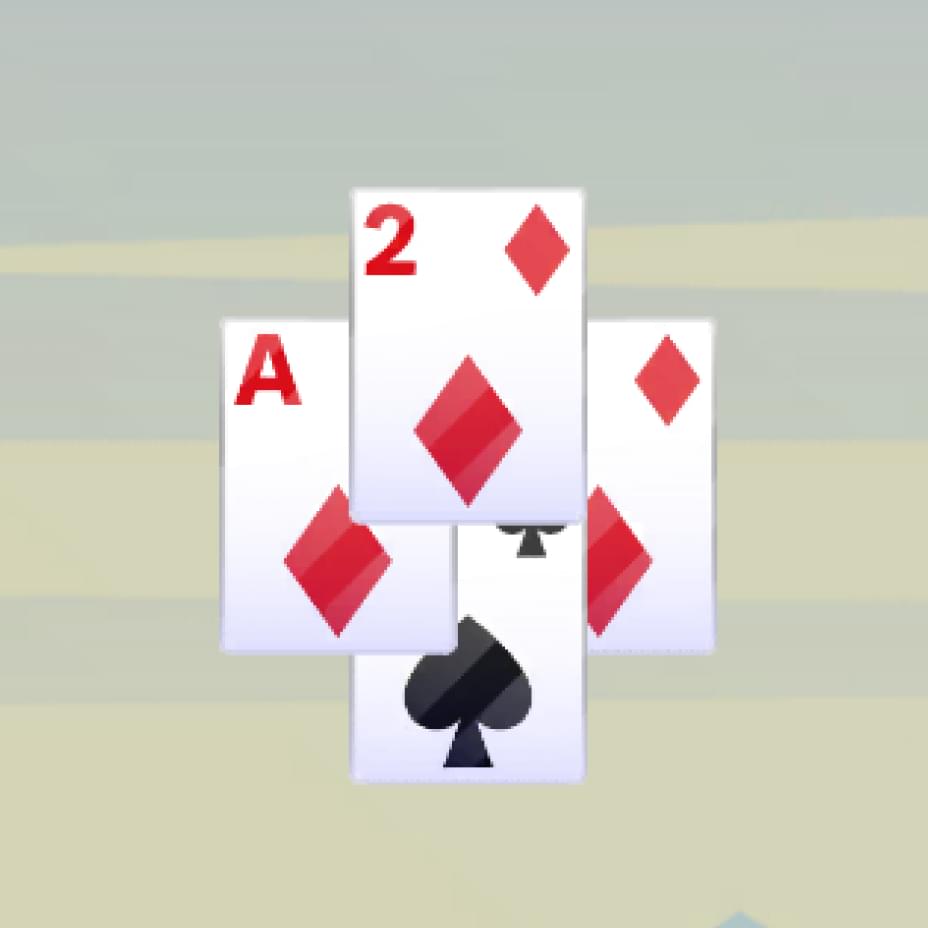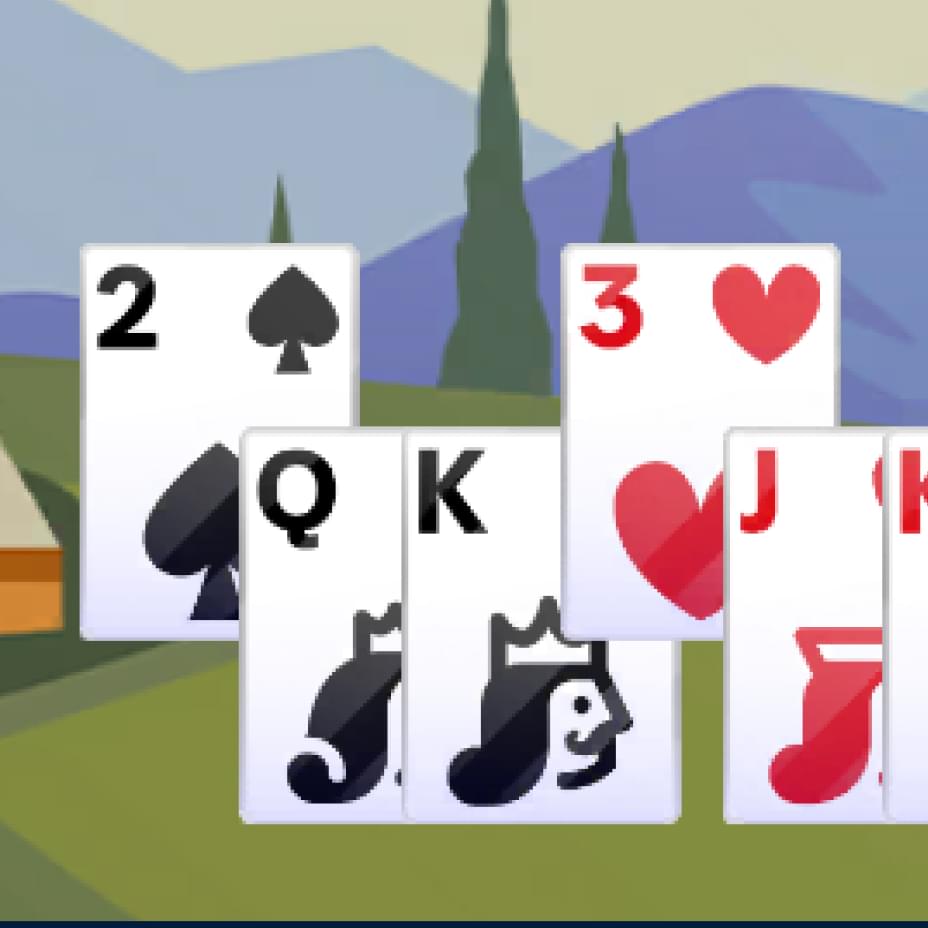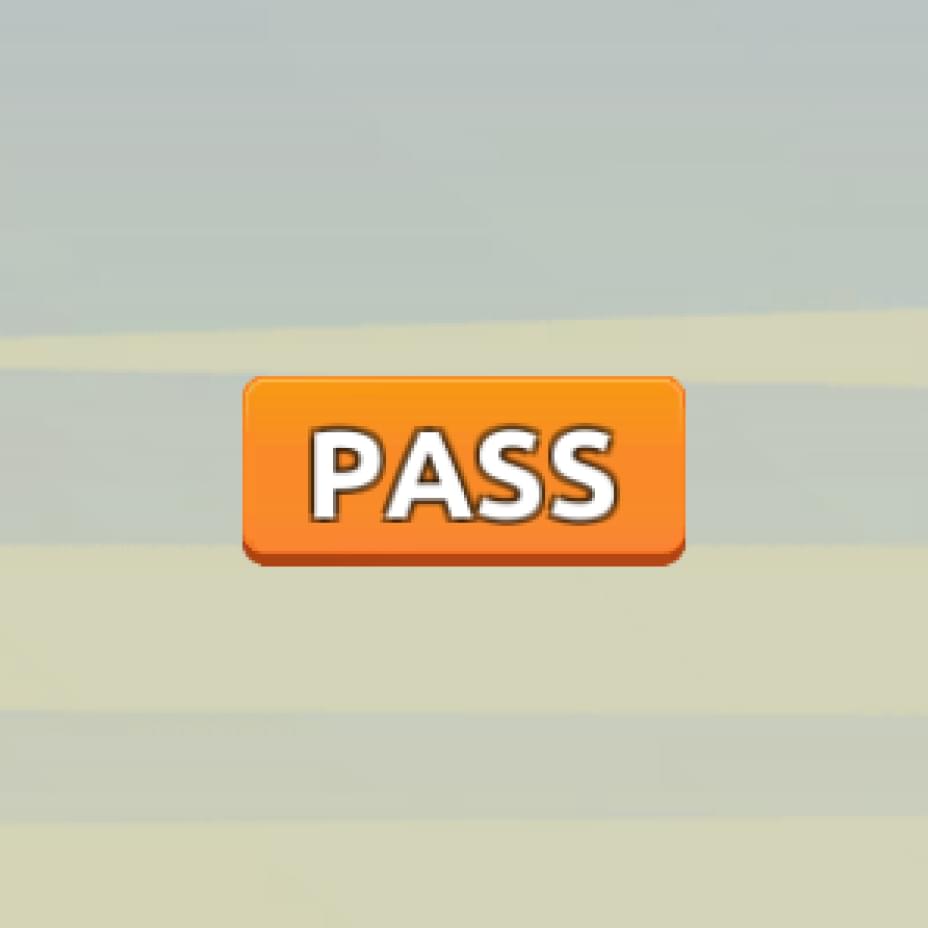



Червы — это классическая карточная игра, прошедшая проверку временем. Впервые созданная в 1850-х годах, она до сих пор остаётся популярной среди людей разных возрастов. Успех игры связан с её простыми правилами и глубиной стратегических решений.
Эта игра отличается своей гибкостью. Можно настраивать правила подсчёта очков и передачи карт. В Червы могут играть до шести человек, но лучше всего — вчетвером, что создаёт равные условия для всех.
Мало что так объединяет поколения, как дружеская партия в Червы.
Следить за историей игры сложно из-за её большой популярности на протяжении многих лет. Игра принадлежит к семейству карточных игр со взятками (trick-taking card games), и, вероятно, происходит от игры «Реверсис». Также она, вероятно, была вдохновлена вариациями «Виста», такими как «Чёрная Дама» и «Чёрная Мария», которые использовали механики «захвата всего» и передачи карт.
На протяжении десятилетий Червы сохраняли свою классическую игровую формулу. Её вечная привлекательность заключается в сочетании удачи при раздаче карт и стратегической глубины, необходимой для выигрыша взяток. Избежание штрафных очков, параллельно заставляя соперников брать взятки, добавляет игре сложности. Этап передачи карт создаёт динамичный игровой процесс и открывает возможности для сложной тактики.
Хотя традиционные Червы продолжают оставаться популярными, современные вариации свидетельствуют о постоянной эволюции игры. Сейчас существуют онлайн-версии Червы, «Быстрые Черви», командные варианты и другие. Однако ни одна из них не смогла вытеснить классическую версию, которая продолжает оставаться любимой игрой многих поколений. Червы стали неотъемлемой частью американской игровой культуры более века назад.
Новые игроки должны знать основы игры в Червы онлайн:
Цель игры в Червы — закончить игру с наименьшим количеством очков. Очки накапливаются за взятки, которые содержат червы и Пиковую даму. В стандартных Червах играют четыре игрока, используя стандартную колоду из 52 карт. Каждый игрок получает по 13 карт.
Важно разумно управлять картами высокой стоимости, чтобы не брать взятки, содержащие червы или, ещё хуже, Пиковую даму. Чем раньше вы сможете сыграть эти карты без штрафных взяток, тем ниже ваши шансы накопить очки в следующих раундах.
Правило передачи карт важно. После того как вы взглянете на свои карты, выберите три карты и передайте их противнику, чтобы никто не увидел, какие именно карты вы передаете. Сделайте это до того, как посмотрите карты, которые вам передали.
Последовательность передачи карт в игре для четырёх игроков:
Затем всё повторяется до конца игры. В игре с другим количеством игроков последовательность передачи такая: сначала передать влево, потом вправо, а затем повторить.
Система подсчёта очков в Червах построена вокруг избегания карт с штрафными очками. Штрафные очки приносят карты червы и Пиковая дама. Каждая черва добавляет один балл, а Пиковая дама — сразу 13 баллов. Главная цель — минимизировать количество очков.
Как и большинство игр, Червы имеют несколько режимов на выбор:
Это оригинальный режим игры в Червы. Соревнуйтесь против трёх компьютерных соперников, стараясь избегать взяток, содержащих карты червей и Пиковую даму. Наберите меньше всего очков в каждом раунде, чтобы победить. Благодаря знакомым правилам и игровому процессу этот режим идеально подходит для новичков.
Игроки могут перейти в онлайн-режим и бросить вызов другим участникам со всего мира. Во время игры можно общаться с соперниками в чате и разрабатывать стратегии, чтобы подняться на вершину. Игра в мультиплеерном режиме добавляет социальный аспект к этой традиционной игре. Это отличная возможность проверить свои навыки, играя с реальными людьми.
Хотите почувствовать дух соревнования в турнире по Червам? Продвигайтесь через раунды, соревнуясь с соперниками, чтобы занять первое место. Набирайте очки в зависимости от своей позиции в каждом турнире. Поднимайтесь в рейтингах и станьте чемпионом игры.
Режим для одного игрока подойдёт тем, у кого нет партнеров для игры, но кто хочет потренироваться. Соревнуйтесь против трёх компьютерных соперников в классической игре. В этом режиме доступны все возможности классического режима, но с ИИ-соперниками, уровень которых можно настроить. Играйте в Червы в своём темпе и наслаждайтесь процессом.
Чтобы добиться успеха в Червах, важно уметь планировать и анализировать развитие игры. Во время игры обращайте внимание на карты, которые уже были сыграны, и на то, что это значит для оставшихся карт в руках других игроков. Это понимание позволяет стратегически сбрасывать карты и избегать нежелательных взяток.
Также важно следить за счётом и за тем, у кого больше всего очков. Знание текущих результатов поможет понять, насколько агрессивно или осторожно нужно играть, в зависимости от того, выигрываете вы или отстаёте. Не играйте каждую руку отдельно — действуйте так, чтобы поддерживать вашу общую стратегию.

Подсчёт карт — это важный навык в Червах. Следите за картами, которые были сыграны в каждом раунде, чтобы эффективно учитывать оставшиеся карты. Запоминайте карты с высокими значениями, которые ещё в игре. Например, если несколько дам уже вышли на ранних этапах, это позволит вам более уверенно брать взятки позже.
Учёт мастей также имеет большое значение. Если вы замечаете, что карты определённой масти почти исчерпаны, вы сможете избегать взяток этой мастью, когда это возможно. Благодаря внимательному отслеживанию карт вы сможете принимать лучшие решения, касающиеся передачи карт и тактики игры. Вы будете знать, когда безопаснее брать взятки, а когда лучше играть осторожно.

«Бросать луну», то есть взять все карты с очками, — рискованный, но иногда выгодный ход. Попробуйте это только в том случае, если карты в вашей руке и ситуация на столе показывают, что у вас есть хорошие шансы взять все 26 очков.
Если вы попытаетесь бросить луну» слишком рано или без достаточной информации, вы, скорее всего, потерпите неудачу и получите серьёзный штраф в очках. Идти на такой риск стоит только тогда, когда вероятность успеха достаточно высока.

Старайтесь начинать взятки с карт низкой стоимости, особенно в начале партии, пока высокие карты, такие как Пиковая дама, ещё не были сыграны. Это поможет избежать нежелательных взяток. Также будьте осторожны, закрывая высокую карту другого игрока своей — часто лучше сыграть самую низкую карту из вашей руки, даже если это означает проигрыш в этой взятке.

Время, когда вы делаете ход, играет ключевую роль в Червах. Если вы начинаете игру, не видя карт других игроков, у вас будет меньше информации для принятия решений. Разумно откладывать сброс карт с высоким значением как можно дольше, чтобы создать больше неопределённости для соперников.
Аналогично, захват Пиковой дамы в конце партии может ограничить ущерб, так как у других игроков будет меньше шансов избежать этой карты в последующих ходах.
Цель игры — набрать наименьшее количество очков. Игроки стремятся избегать взяток с картами червей или с несчастливой Пиковой дамой.
Да, конечно. Многие сайты и приложения предлагают мобильные версии этой классической игры.
В начале игры каждому игроку раздаётся по 13 карт. Игроки по очереди играют раунды, выкладывая по одной карте. Все обязаны следовать масти первой карты в раунде. Тот, кто сыграл самую старшую карту в ведущей масти, выигрывает раунд и начинает следующий. Игра заканчивается после 13 раундов.
Правила Червы могут показаться сложными вначале, но несколько полезных советов помогут новичкам освоить игру:
С правильным настроем и подготовкой любой новичок может стать настоящим экспертом в Червах!
Ощутите азарт побед над соперниками, познакомьтесь с новыми людьми и создайте яркие воспоминания за виртуальным столом. Присоединяйтесь к увлекательной игре в Червы!
Мы используем cookies для персонализации вашего опыта на сайте и анализа трафика.